We stopped again at the same spot where we saw the Gundlach's Duskywing Chiomara gundlachi yesterday and found a third individual, this time rather worn as well as a fresh Eantis papinianus Cuban Sicklewing which is a scarce but widespread species on Cuba.
We were heading for the Hotel Villa Soroa which is set in fabulous surroundings and has a lovely swimming pool and great wildlife with lots of tracks to explore. We had stayed here on our first visit and recognised that it had great potential for butterflies - indeed we had previously been told by a friend that there were many good things to see not least Saliana esperi soroa so named because the type specimen of the Cuban subspecies was collected here as recently as 1992. It has subsequently been found at a small number of other widely scattered sites in Cuba.
We went out for a quick walk on arrival and soon found Burnsius crisia Antillean Checkered Skipper which we were pleased to see as the only one we saw here last year was rather battered. Rayner was even more pleased to see it as this was a first for him. We also found another larva of Heraclides oviedo Oviedo Swallowtail on Piper peltatum with the endemic Cuban Trogon calling incessantly overhead. This is Cuba's national bird and although we heard these almost every day we didn't often see them, though only because we didn't go looking for them.
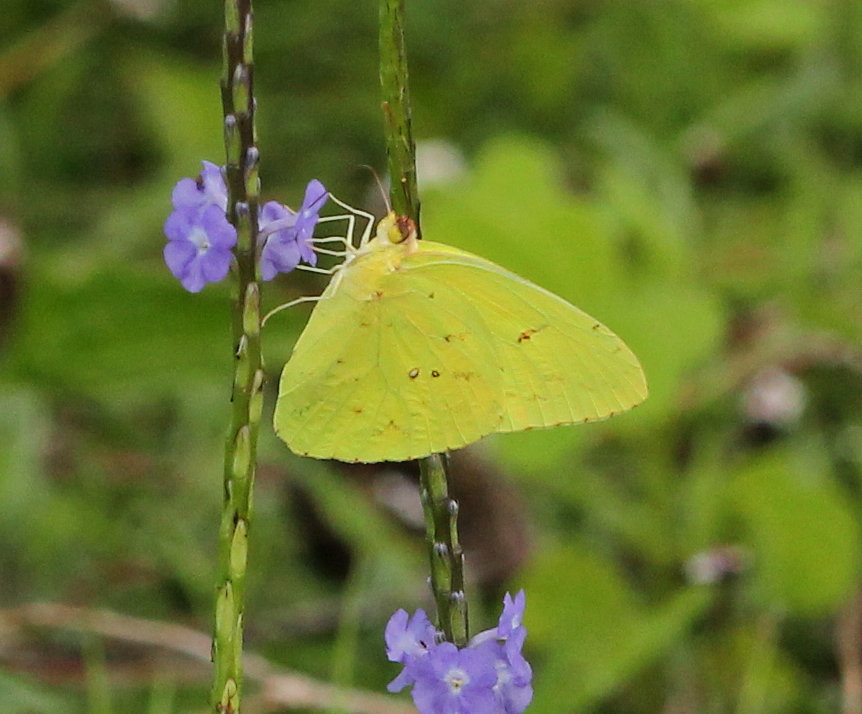
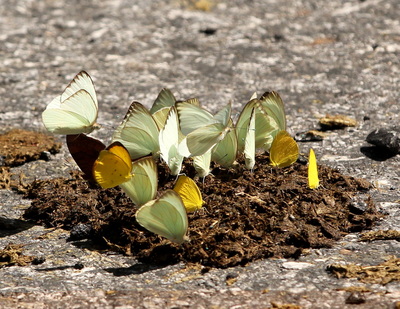
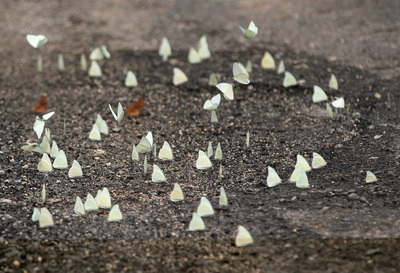
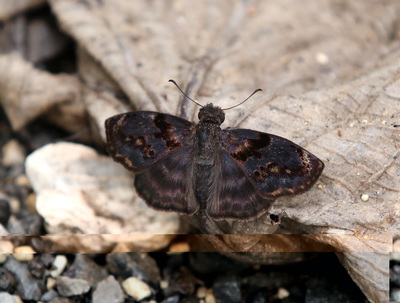
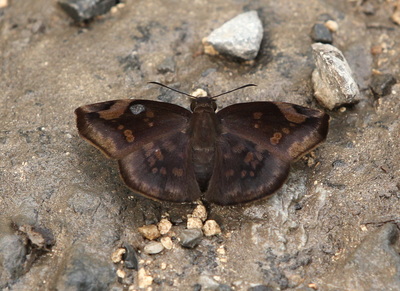
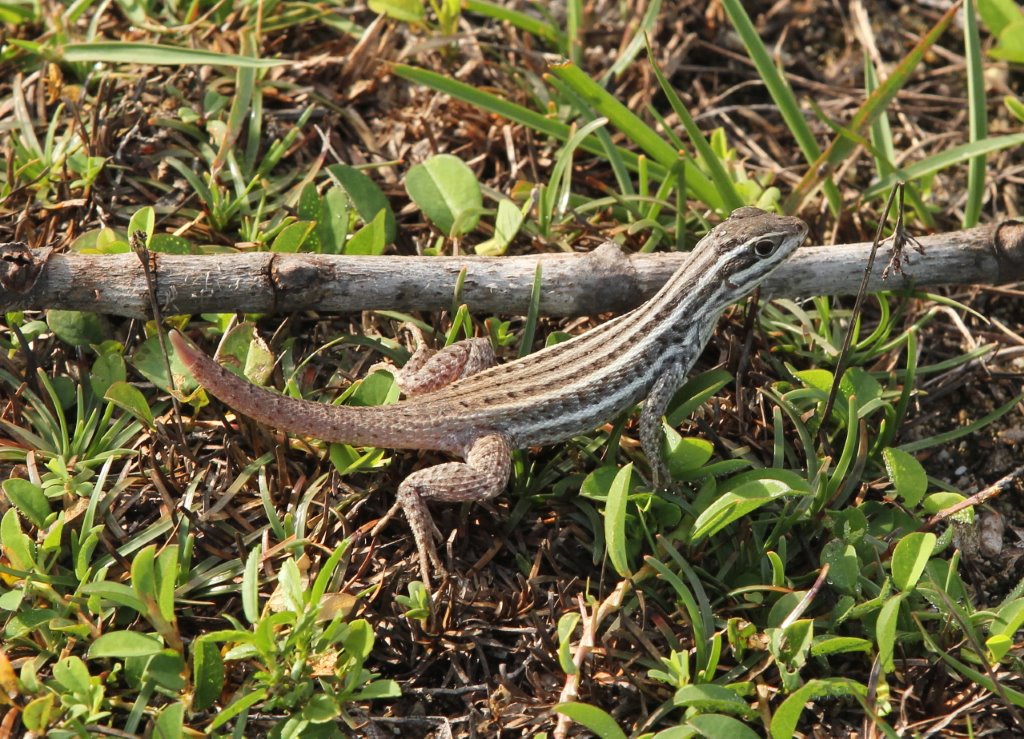
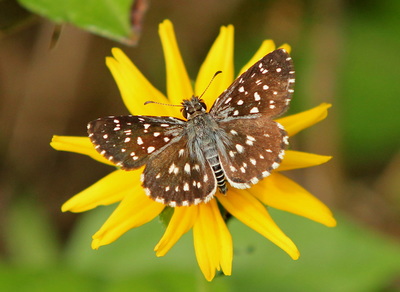
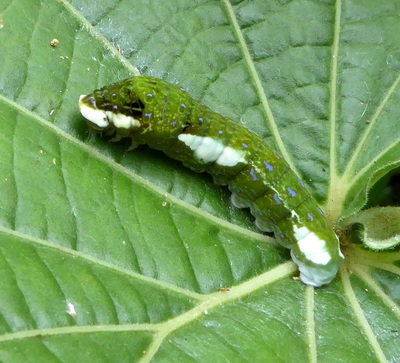
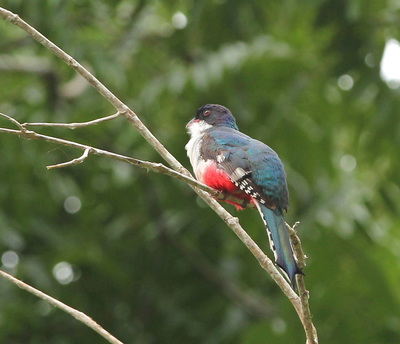
 RSS Feed
RSS Feed